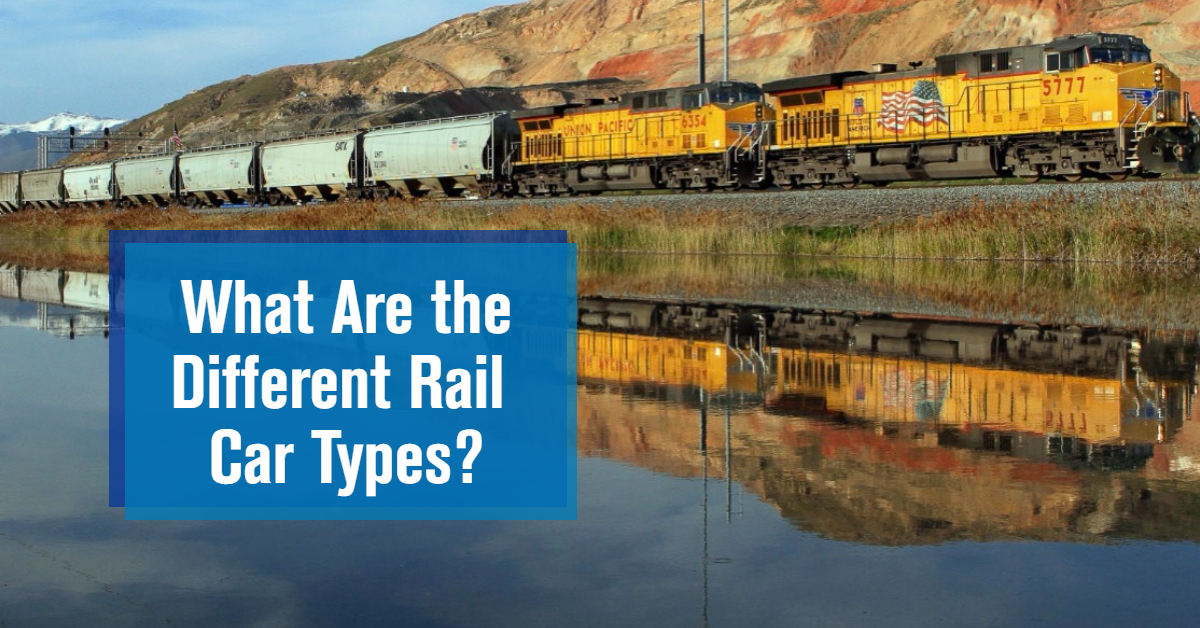AemJaYstrains
Active Member
Hi community
iam looking for a page where i can find, what car is for what in the US?
I mean there are coal hoppers, covert hoppers, gondolas, autoracks and many more. but as iam from switzerland i dont know all the cars you americas have.
so do you know maybe a page where i can find all the infos about american rollingstock?
Why iam asking? Well iam building a US layout, and i want to build some industries that work together, like Lumber to paper.
thank you for your help!
cheers
jaY
iam looking for a page where i can find, what car is for what in the US?
I mean there are coal hoppers, covert hoppers, gondolas, autoracks and many more. but as iam from switzerland i dont know all the cars you americas have.
so do you know maybe a page where i can find all the infos about american rollingstock?
Why iam asking? Well iam building a US layout, and i want to build some industries that work together, like Lumber to paper.
thank you for your help!
cheers
jaY


